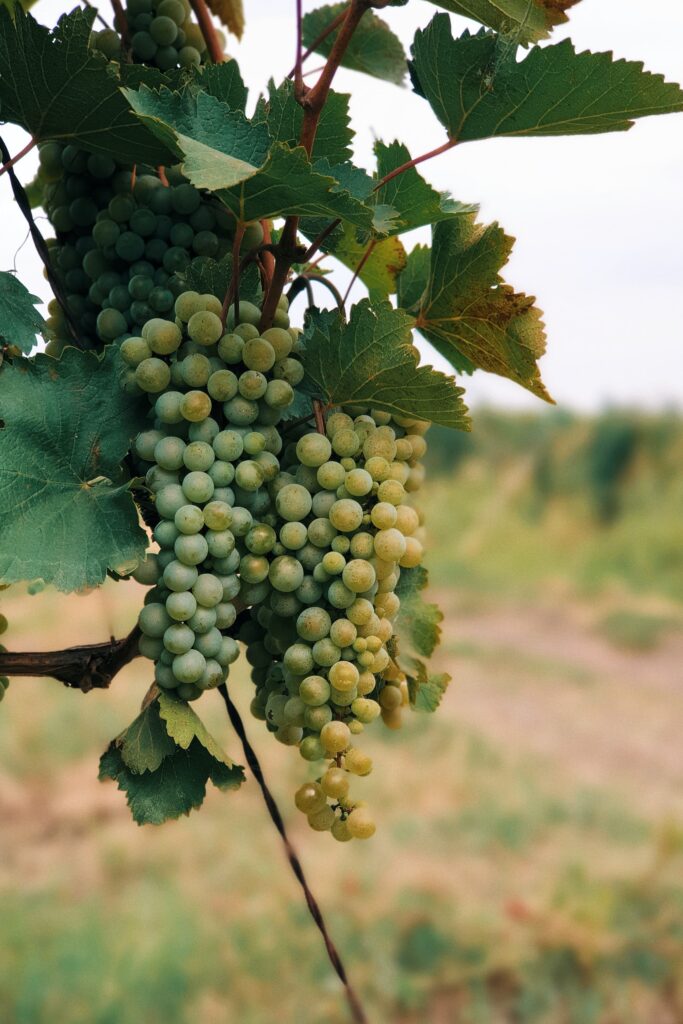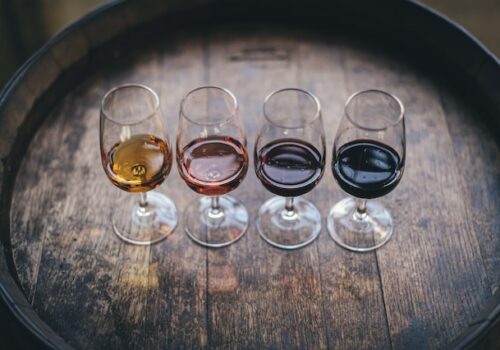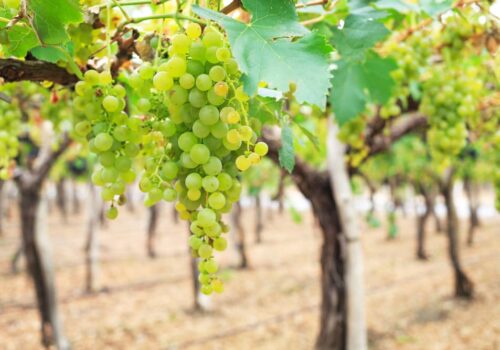How to make your own wine?
Winemaking is a real art, the technology of production of which must be learned over the years. If you follow all the instructions, you can get a real masterpiece, which will turn out much better than any other product presented in the store. For the preparation of wine at home you will need not only to study a large amount of literature and recipes, but also to get the appropriate equipment. If you are interested in this direction and want to learn how to make wine from grapes at home, you should not deprive yourself of an interesting experience.

Increasingly popular in the world are wine casinos, where over a bottle of delicious wine companies of friends play gambling. Arrange a casino https://onlinecasinozonder.com/ at home, get the cards and make your own wine drink. How to make homemade wine and please your friends, surprising them with their unusual skills? Let’s get to the bottom of it.
Rules for making wine at home
If you do not know how to make wine at home, then try to follow the steps according to the prescribed instructions below:
- Choose quality grapes and pick them. In order for the grapes to retain the yeast needed for fermentation, the berries should be picked in dry weather, preferably several days after the past rain. Be sure to choose ripe and juicy fruit, as unripe berries are very acidic, which will only spoil the must.
- Rinse the grapes thoroughly of dirt and crush the years to get a clean juice. Collect the top layer of peel in a special container and squeeze with a press or hands. Filter the resulting juice through gauze and pour several times from one container to another to oxygenate the juice.
- Add sugar and yeast to the juice. Approximately 2% sugar yields 1% alcohol in the finished drink, but do not exceed 13-14%, as the wine yeast stops working at this turnover. For red wine, it is recommended to add 2 to 4 pounds of sugar per 15 kilograms of grapes. For white grapes, such proportions will need to be applied already for 25 kilograms of berries. At home, you don’t need to add additional water, if you care about taste and quality, not quantity.
- Remove the sediment from the liquid and pour the drink into a glass or plastic container, letting it ferment for 7-10 days.
- To remove the sediment, pour the wine again for 2 to 3 weeks, and refine the flavor of the resulting product by filtration.
- Pour the wine into tight bottles and close them. Store the wine in a dark, cool place for a few months to mature, and only then consume it.
The shelf life of the product at a temperature of 5 to 12 degrees is 5 years, if the wine is in a tightly closed vessel.
What grapes should be used for homemade wine?
Grapes are divided into several varieties:

- Table – juicy and sweet berries, attractive not only by the size of the berries themselves and the shape of the bunches. This variety includes “Ladyfingers”, “Italy”, “Kish-Mish”, “Jupiter”, “Kesha” and others.
- Technical grapes – more intense varieties, which include “Cabernet-Savignon”, “Chasla”, “Chardonnay”, “Riesling”, “Saperavi” and others.
At home it is better to use table grapes, as it is more juicy and to get the necessary amount of juice from it will be much easier. The factories use only technical grapes because of the required sugar and acid content.
Now, having studied a little deeper the peculiarities of winemaking you can try to make your own wine drink, adhering to our recommendations.
Conclusion
Making wine at home is a fascinating and pleasure-giving process. If you want to try your hand at it, you can enjoy your own wine that reflects your attention to detail and personal taste preference.
In this article, we’ve covered the basic steps of making wine at home. Starting with selecting the right grapes and preparing the raw materials, we moved on to the process of fermenting and aging the wine itself. It is important to follow hygienic standards and the correct proportions when adding yeast and other additives.




